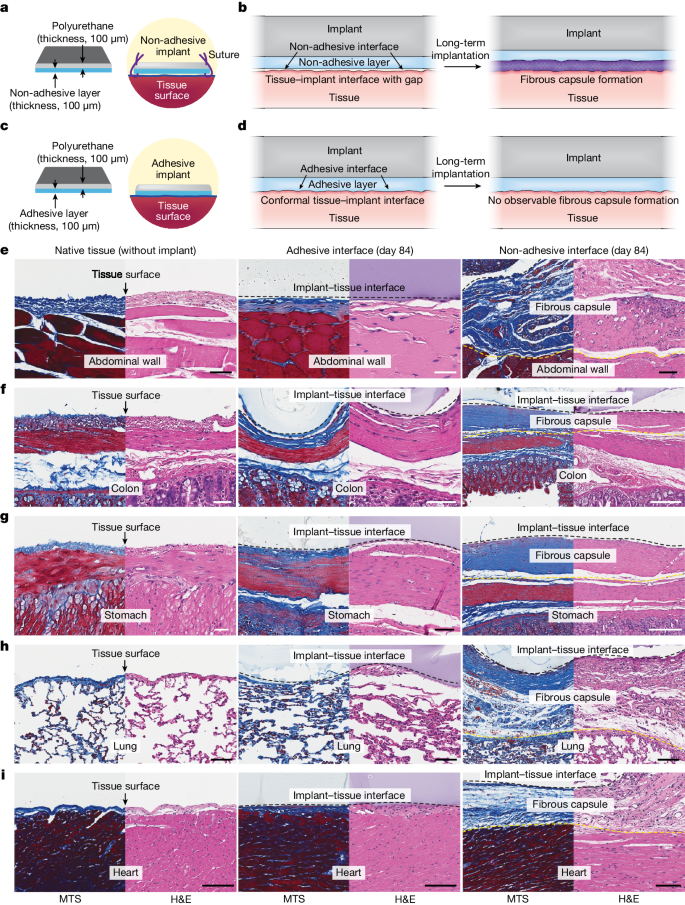2024-05-23 カリフォルニア大学サンディエゴ校(UCSD)
<関連情報>
- https://today.ucsd.edu/story/study-surgical-intervention-improves-quality-of-life-for-patients-with-acoustic-neuroma
- https://journals.lww.com/otology-neurotology/abstract/9900/quality_of_life_for_patients_with_sporadic_small.544.aspx
散発性小前庭神経鞘腫患者の中窩開頭術後のQOLについて Quality of Life for Patients with Sporadic Small Vestibular Schwannomas Following Middle Fossa Craniotomy
Jiramongkolchai, Pawina; Vacaru, Alexandra; La Monte, Olivia; Lee, Joshua; Schwartz, Marc S.; Friedman, Rick A.
Otology & Neurotology Published:May 21, 2024
DOI: 10.1097/MAO.0000000000004202
Abstract
- Objective:To evaluate quality-of-life outcomes for patients with vestibular schwannomas (VS) undergoing a middle cranial fossa (MCF) approach.
- Study Design:Prospective study from 2018 to 2023.
- Setting:Tertiary academic institution.
- Patients:Adults with sporadic VS.
- Interventions:MCF
Main Outcome Measures
The primary outcome measure was the change in preoperative and 1-year postoperative Penn Acoustic Neuroma Quality-of-life (PANQOL) scores. Secondary outcome measures included hearing preservation and facial nerve function.
Results
Of the 164 patients who underwent MCF for sporadic VS, 78 patients elected to voluntarily complete preoperative PANQOL assessments prior to surgery. Seventy-one (91%) of those 78 patients completed postoperative PANQOL surveys. Fifty (70%) of the respondents were female and the median age was 48 years (range, 27–71 years). Overall, at 1-year postsurgery, a minimal clinically important difference (MCID) was obtained in the hearing (mean difference, 10.5; 95% confidence interval [CI], 4.3–16.7) and anxiety (mean difference, 18.8; 95% CI, 11.7–25.9) domains. For patients with hearing preservation (n = 48, 68%), MCIDs were reached in the hearing (mean difference, 13.4; 95% CI, 6.3–20.6), anxiety (mean difference, 20.8; 95% CI, 11.8–29.9), energy (mean difference, 13.7; 95% CI, 3.6–23.8), pain (mean difference, 13.7; 95% CI, 3.6–23.8) domains, and overall PANQOL scores (mean difference, 12.7; 95% CI, 7.1–18.3). Postoperatively, 64 (90%) patients maintained a House-Brackmann I.
Conclusions
To our knowledge, this is the largest study examining disease-specific QOL for VS patients undergoing MCF. Based on our institution’s experience, MCF approach for small VS is associated with clinically meaningful improvements in QOL, hearing preservation, and excellent facial nerve outcomes.



